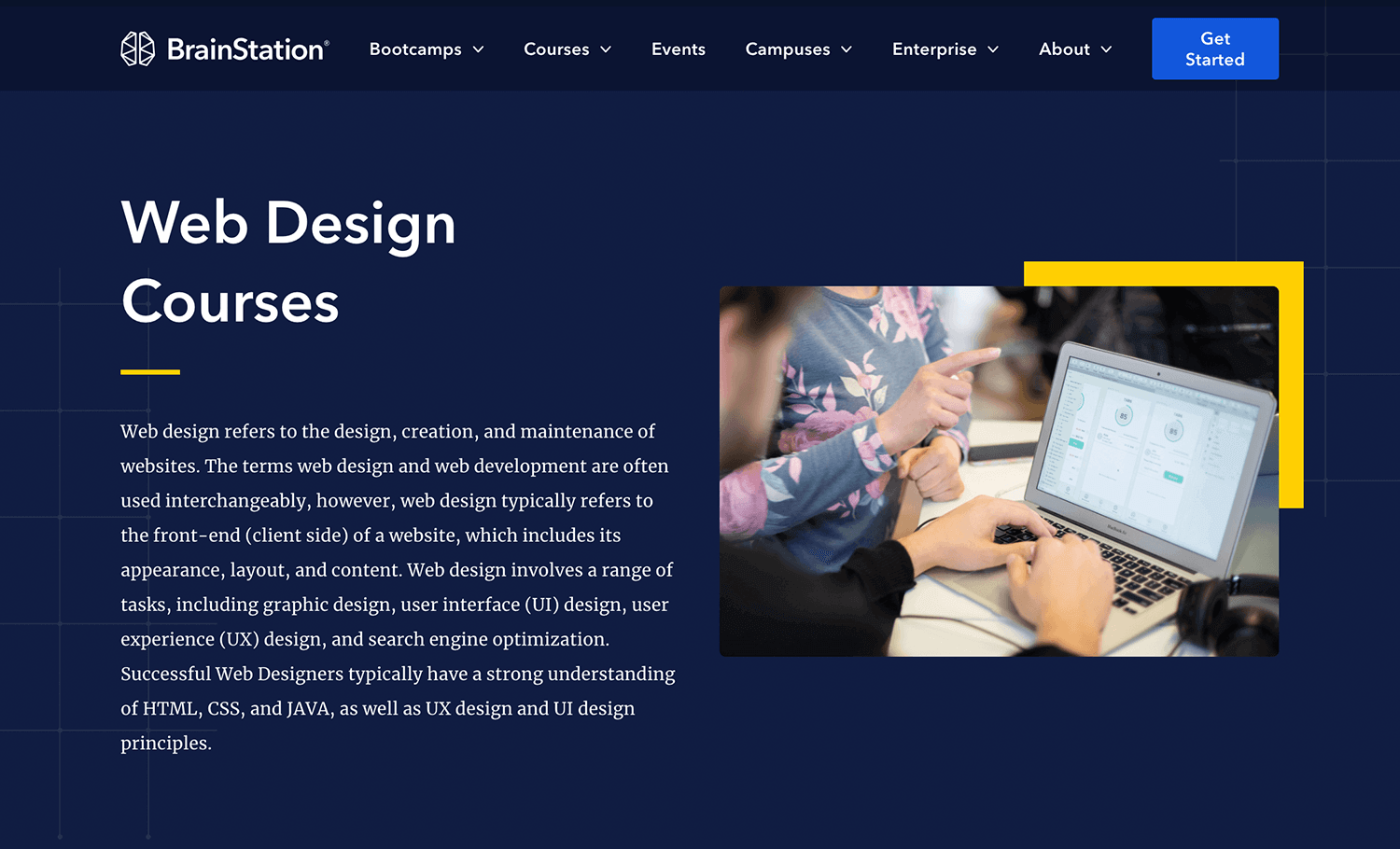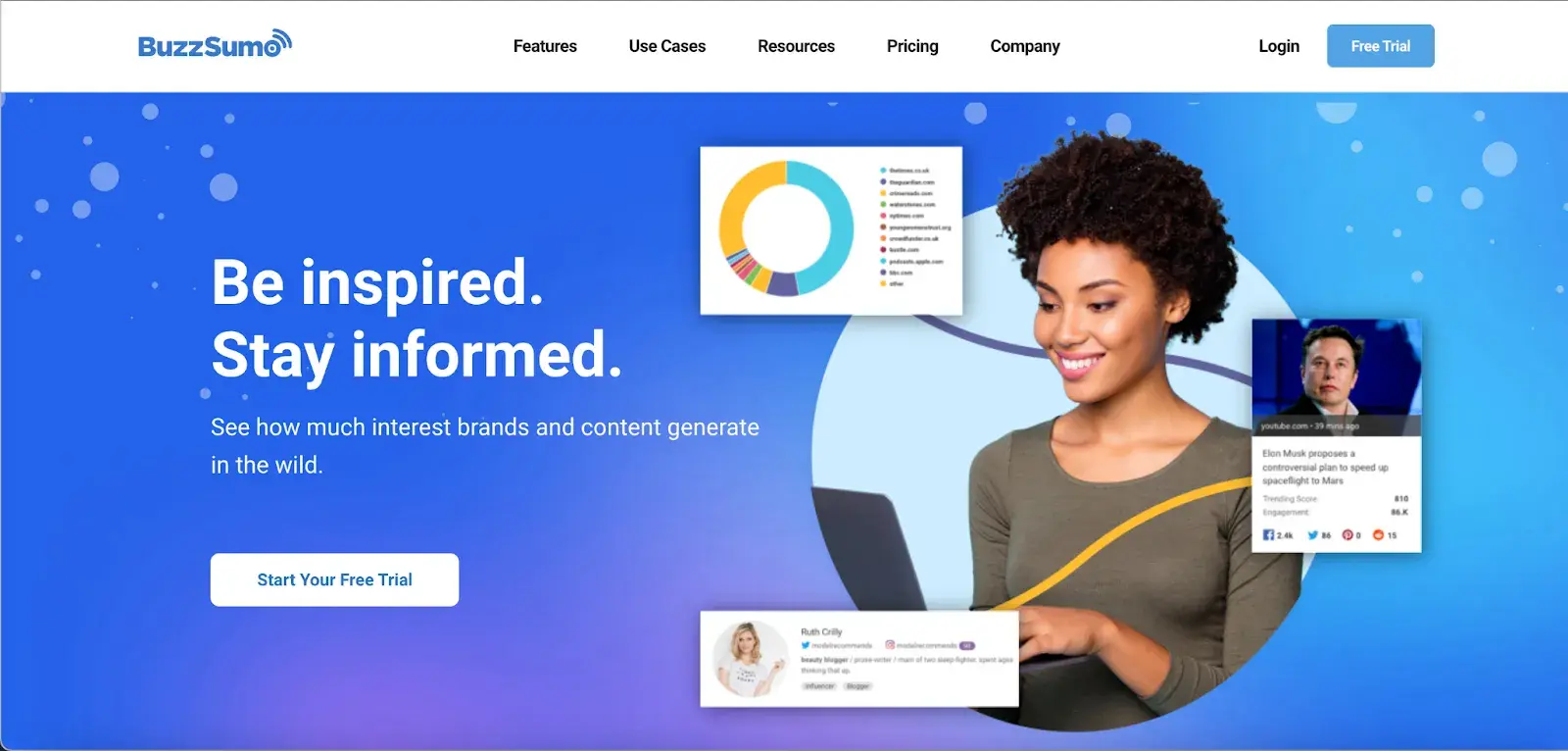The Relevance of Receptive Web Layout in Today's Digital Landscape
In an era where digital interaction is rapidly evolving, receptive website design has arised as a crucial gamer in forming on the internet experiences. It goes beyond the constraints of device-specific designs, using a seamless interface for users, irrespective of their screen dimension or running system. This calculated method not only improves customer involvement but additionally bolsters an internet site's visibility on internet search engine. The following discourse checks out the diverse benefits of this layout ideology, emphasising its significance in today's mobile-centric globe.

Understanding the Principle of Receptive Internet Design
Responsive website design, a vital principle in the realm of digital advancement, has transformed the way internet sites work. This ingenious strategy enables sites to adjust their design and style according to the dimension and orientation of the individual's device. In various other words, it makes certain that a web site is just as efficient, engaging, and very easy to navigate on a smartphone or tablet as it gets on a laptop computer or desktop.
This principle pivots on using versatile grids, photos, and CSS media inquiries. As a customer switches from their laptop computer to iPad, the web site needs to immediately switch to accommodate for resolution, photo size and scripting abilities. The design removes the requirement for different layout and development phase for each brand-new gizmo on the market. Responsive web layout, as a result, is a economical and reliable option for businesses wanting to optimize their online existence across numerous systems - Web Design In Guildford.
The Role of Receptive Website Design in Enhancing Individual Experience
In the world of digital individual experience, responsive web layout plays an essential duty. It mold and mildews the web site's layout and web content to fit the display of any type of tool, offering a seamless view for customers. By getting used to different display dimensions, it makes certain that the site's web content is quickly legible and accessible, thus enhancing the customer's experience.
A responsive layout removes the demand for focusing and out, or scrolling flat to view material. This promotes a smoother communication in between the website and the user, making the user's journey a lot more enjoyable and less discouraging. In addition, it benefits customers with slower net links as receptive designs commonly lead to faster lots times.
Therefore, receptive web design not only endures individual engagement but additionally enhances their overall experience, eventually causing higher customer fulfillment. This highlights its essential duty in today's electronic landscape where user experience dramatically impacts a site's success.
Exactly How Receptive Website Design Enhances Search Engine Optimization Rankings
While it might seem unassociated at first glance, receptive website design in fact has a significant impact on SEO rankings - a knockout post Web Design In Guildford. This link emerges mostly due to the straightforward nature of responsive website, which is a crucial aspect in Google's algorithm for ranking websites
Receptive design guarantees a website's compatibility across different gadgets, improving its usability. When a site is easy to use, it brings in much more visitors and urges them to stay longer, lowering the bounce price. Consequently, these favorable user behaviors signal to internet search engine that the site is useful, hence boosting its position.

The Influence of Responsive Design on Mobile Web Usage
As mobile net use remains to skyrocket, the importance of responsive website design becomes increasingly evident. The increasing dependence on smart phones indicates customers expect smooth, reliable online experiences, despite the tool they make use of. Receptive layout deals with this expectation by making certain websites adjust to various screen sizes, enhancing user involvement and satisfaction.
Poorly designed, non-responsive sites can prevent customers, bring about high bounce Find Out More rates and decreased web website traffic. On the other hand, responsive design improves individual experience by providing simple navigation and ideal viewing, therefore raising the time invested in a site.
Additionally, online search engine like Google favor responsive style, rating such sites higher in search engine result. This can considerably affect a site's exposure and web traffic, offering an opportunity for companies to reach a bigger target market. In the evolving electronic landscape, responsive style isn't just an alternative, but a necessity, with straight ramifications for mobile internet use.
Situation Researches: Successful Executions of Receptive Web Design
Observing the functional applications of responsive web style uses vital insights right into its advantages. Their receptive layout allows a regular purchasing experience throughout all devices, contributing to their durable growth. These successful applications underline the relevance of responsive internet layout in enhancing individual experience, driving interaction, and increasing incomes.
Conclusion
In verdict, responsive internet design is no longer a luxury, but a need in the present electronic landscape. It improves customer experience, boosts search engine optimization positions, and suits the surge in mobile web usage. By adopting responsive style, companies can successfully involve users across various tools, boost exposure on he has a good point search engines, and stay competitive in the digital market. The success stories of organizations that have actually welcomed this strategy emphasize its immense possibility and strategic worth.
The style eliminates the demand for different design and growth phase for each new gadget on the market (Web Design In Guildford). The Duty of Receptive Internet Style in Enhancing Individual Experience
In the realm of digital individual experience, responsive internet design plays an essential role. Receptive layout provides to this assumption by making certain websites adjust to different screen sizes, boosting individual engagement and contentment.
These effective implementations highlight the importance of responsive web design in improving individual experience, driving involvement, and boosting profits.